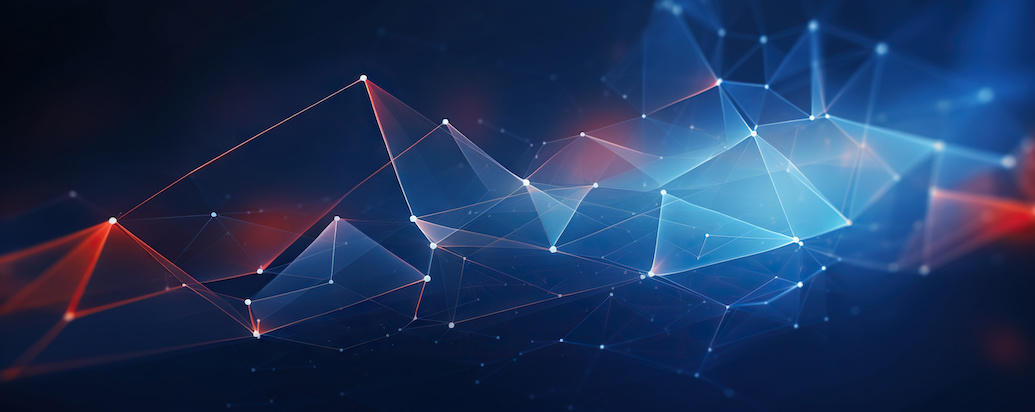Summary and Schedule

This resource is an introduction to Digitisation Methods for Material Culture. The resource explores basic topics with regards to the study of material culture, while also looking at types of media as means to communicate and share information about it, as well as digitisation methods to capture material culture data.
By the end of this lesson, learners will:
- Be able to describe the difference between various media types, including images, videos and 3D models.
- Have awareness of good practices for naming and adding basic metadata to visual media.
- Have a broader context and understanding of alternative digitisation methods to capture and visualise material culture data.
| Setup Instructions | Download files required for the lesson | |
| Duration: 00h 00m | 1. Material Culture | This section is dedicated to material culture and its study. Here we will also examine various approaches for studying and communicating information about objects. |
| Duration: 00h 30m | 2. Types of Media | This section looks at media types representing material culture information. |
| Duration: 01h 30m | 3. 3D Digitisation methods | Here we will present the most well-known digitisation methods for capturing 3D data in the cultural heritage domain. |
| Duration: 02h 00m | 4. Resources and Further Reading | |
| Duration: 02h 00m | Finish |
The actual schedule may vary slightly depending on the topics and exercises chosen by the instructor.
In this resource we will use online material as well as the Digitisation Planner from the National Heritage Lottery Fund website. Please download the Planner (and if you wish you can print it as well) to use during the lesson.
Software Setup
There is no particular software setup.
The resource is built with The Carpentries Workbench, as part of the training activities of the AHRC-funded network service on Digital Skills in Visual and Material Culture.

